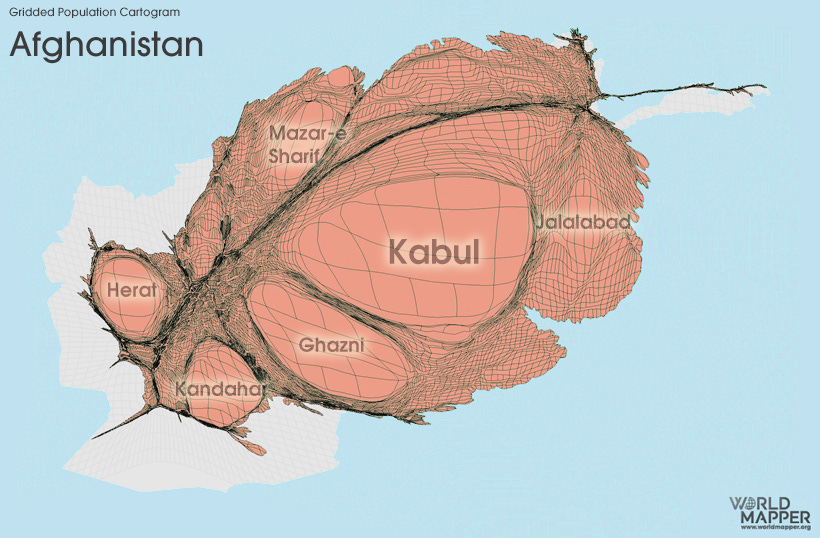Afghanistan: A Curated List
Understanding how we got here through the lens of history and economics
As we watch, with sadness and shock, the unfolding tragedy in Afghanistan, this is a good time to take stock of what lessons we can draw from history and economics. Opinions expressed below do not reflect the opinion of my employer and, in some cases, do not even reflect mine. But in order to understand the complexities of reality, it is important we keep our minds open to a wide variety of opinions.
The Basics: Map Explainer: Key Facts About Afghanistan [via the Visual Capitalist]
The Afghanistan economy in charts: what has changed in two decades? [via FT]
Princeton economist Atif Mian has a good Twitter thread explaining what went wrong with Afghanistan’s economy: “You cannot import development. Development requires finding ways to increase the productive capacities of your own people.”
Martin Sandbu in the FT argues the West could have done more. Perhaps by distributing money directly to households and communities minus the corrupt gatekeepers.
On similar lines, Justin Sandefur of CGDev has a blog-post from 2011 that cites a MIT and the World Bank working paper summarizing results from a large-scale randomized evaluation of the Afghan government’s National Solidarity Program (NSP) – one of the largest and most highly praised conduits for aid monies. The results are positive, if not exactly value for money: for a cost of roughly $200 per household the NSP raised the proportion of villagers who reported improvements in their economic conditions by 5%, and raised the share who felt government officials act for the benefit of all villagers by 4 to 6% across virtually all levels of government. WHAM [Winning Hearts and Minds] may be a viable strategy, if done correctly.
On August 15, Afghanistan expert Sarah Chayes put out a much-cited blog-post, “The Ides of August” citing the centrality of the corruption of the Afghan government in the current scenario.
UC San Diego Economics Professor Jeffrey Clemens has a fascinating Twitter thread on why an underrated mistake in US policy in Afghanistan was its long-running effort to suppress the cultivation of opium poppy and, in turn, the production of heroin and other opiates. “in effect, the US eliminated competition from government-friendly regions of the country, which INCREASED the Taliban’s ability to profit from the drug trade. A disaster.”
Bloomberg Odd Lots podcast has a good discussion with Ajmal Ahmady, Afghanistan’s Former Central Bank Chief. He talks about operations at the bank looked like in relatively normal times, how events transpired in the government's final days, and the future of Afghanistan's economy under Taliban rule.
The incomparable Adam Tooze of Columbia University has a wonderful collection on Afghanistan’s economy on the eve of the US departure.
Priya Satia, the Raymond A. Spruance Professor of International History at Stanford University, says that To Understand Afghanistan’s Future, Reckon With the Region’s Colonial Past [via Foreign Policy]
Two of the most astute observers of Afghanistan’s history and politics are Ahmad Rashid and Tamim Ansary. The two have written possibly the best two books about the country [see here and here]. Rashid has a good discussion with Democracy Now on the current situation and Ansary similarly wrote on his blog on August 17.
This beautifully written 2005 New York Review of Books essay by Pankaj Mishra “The Real Afghanistan” seems remarkably prescient.
Finally, John Oliver, as usual, hits the nail on the head.










